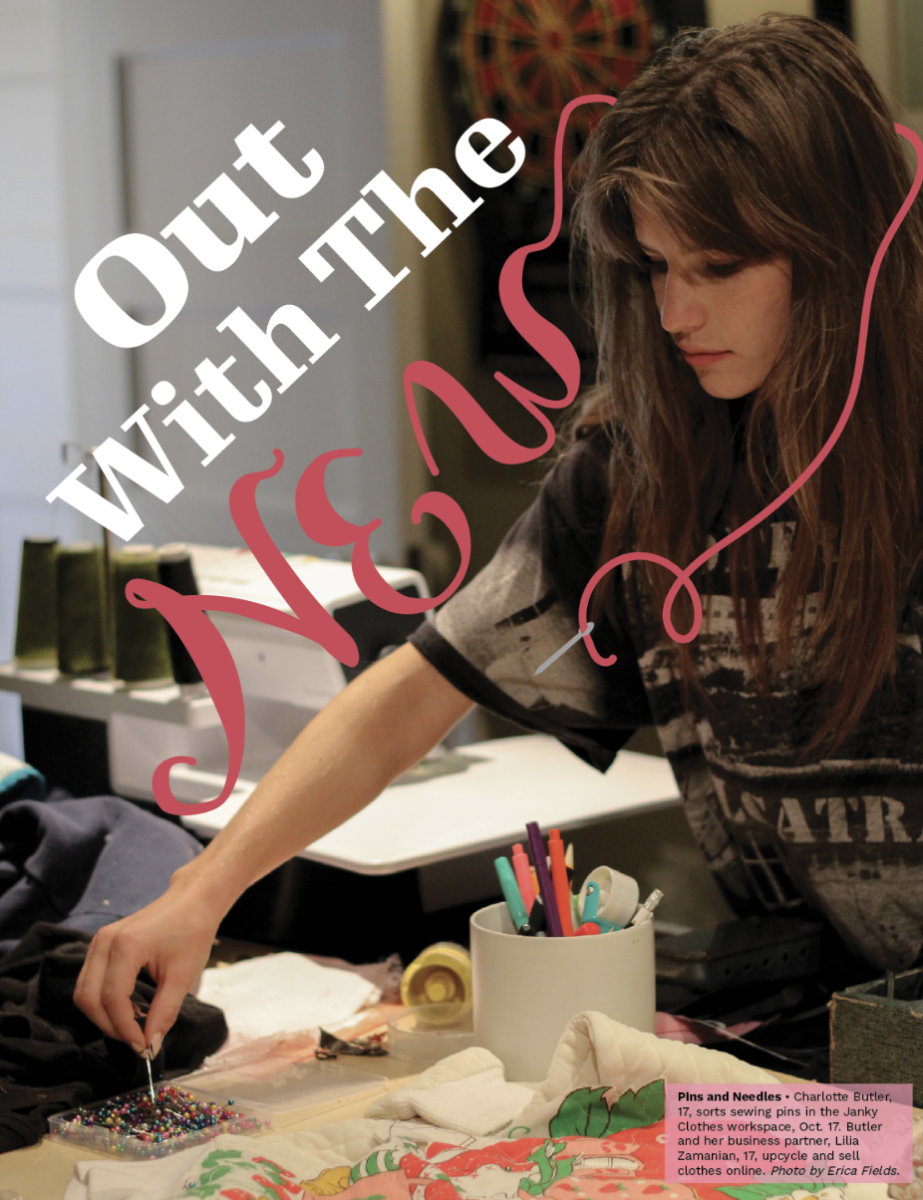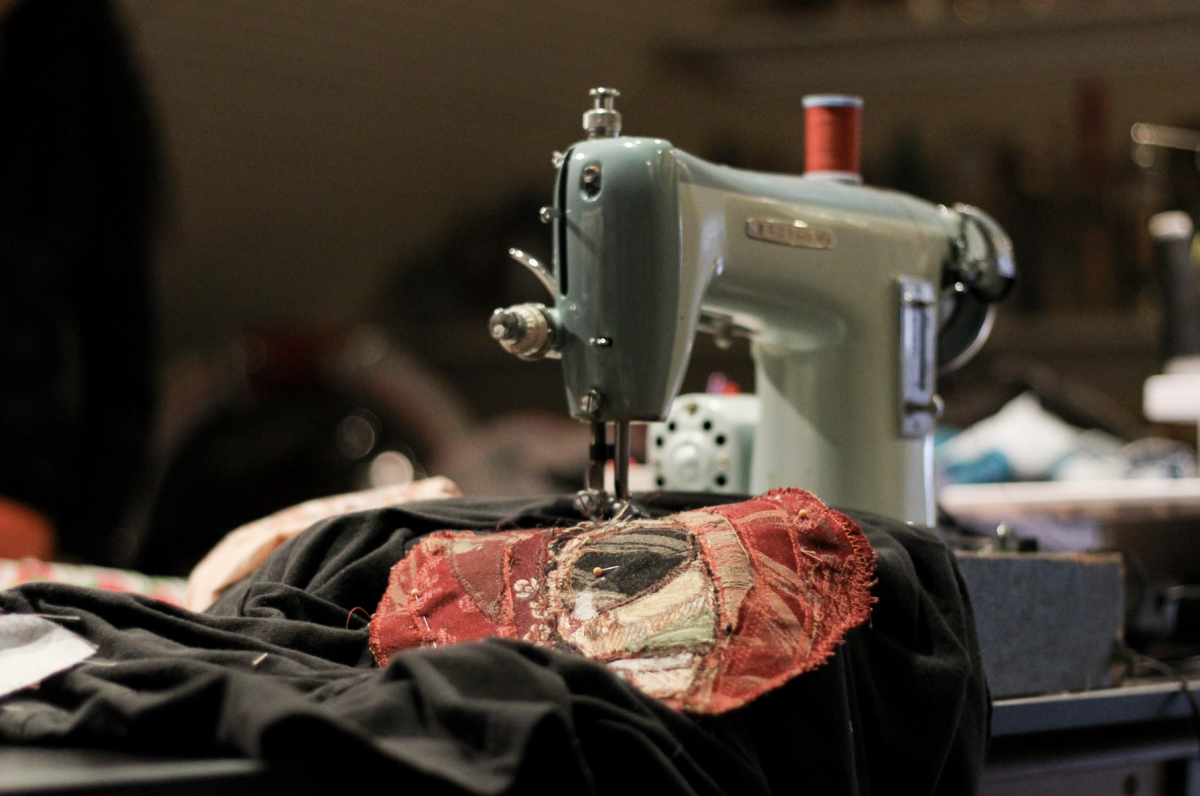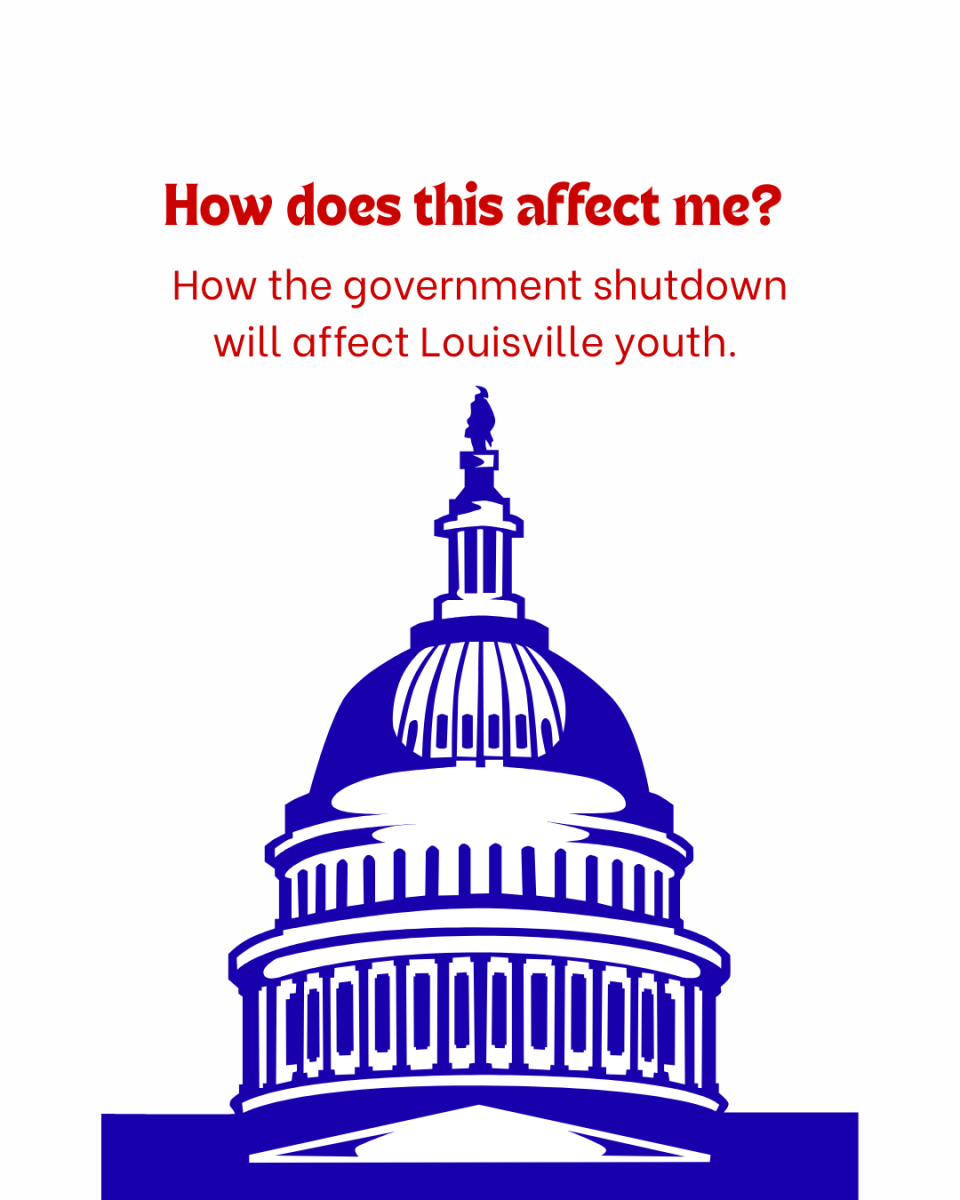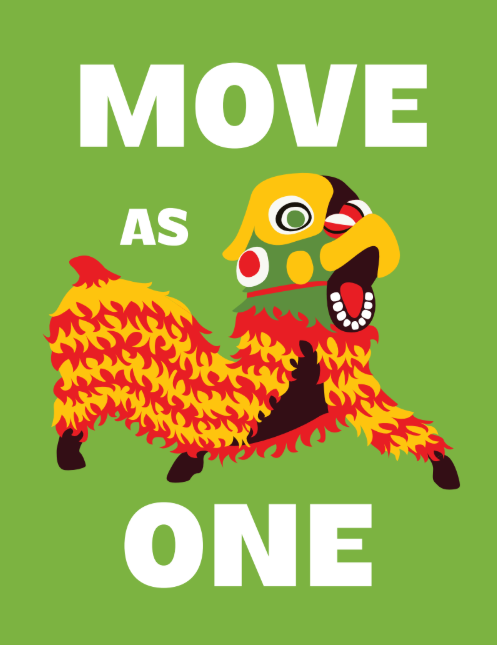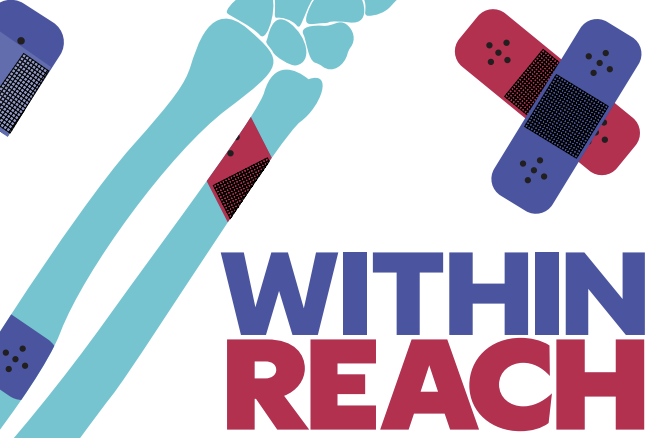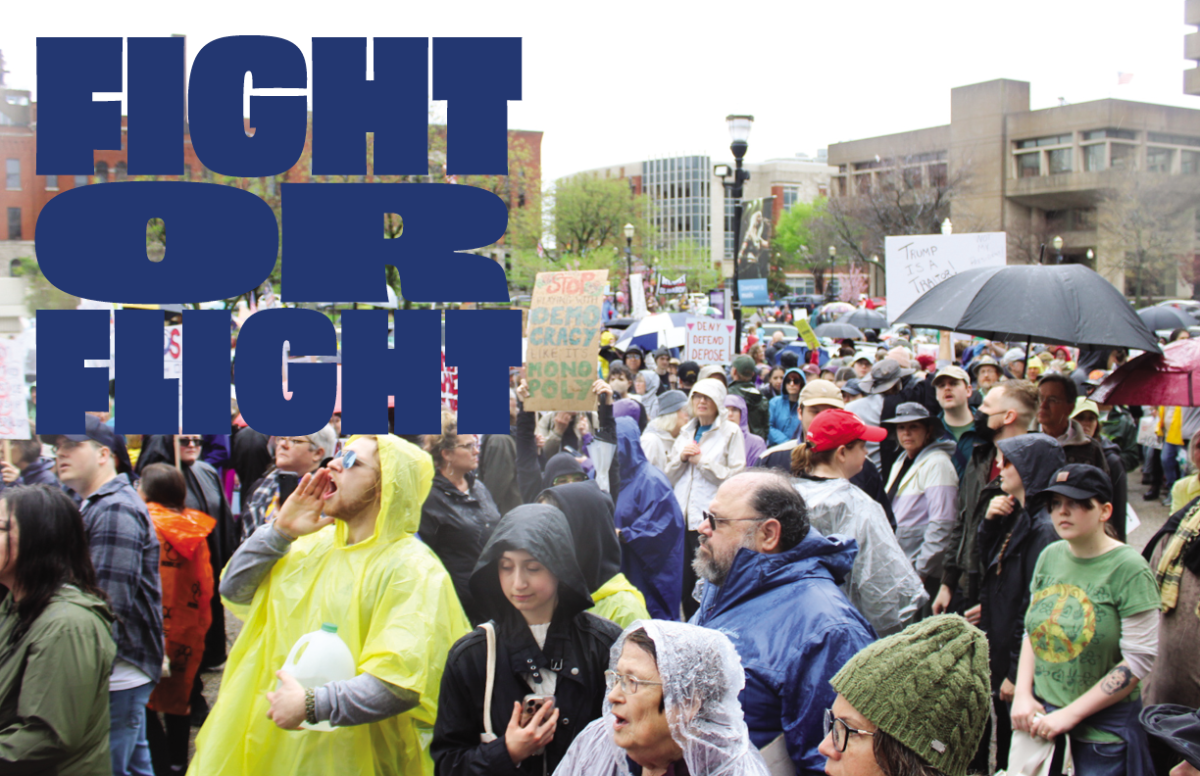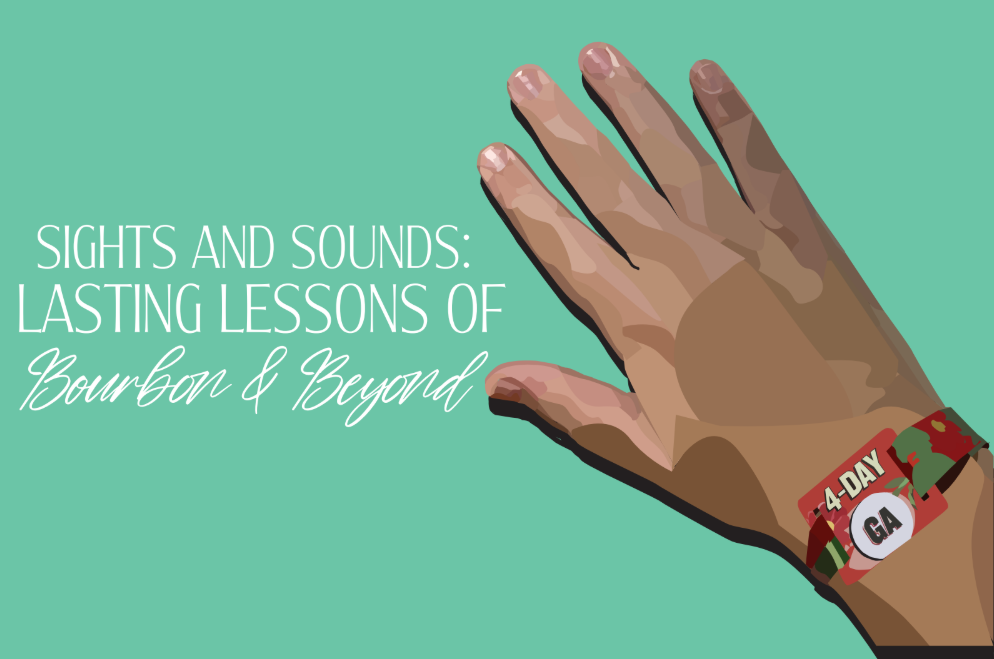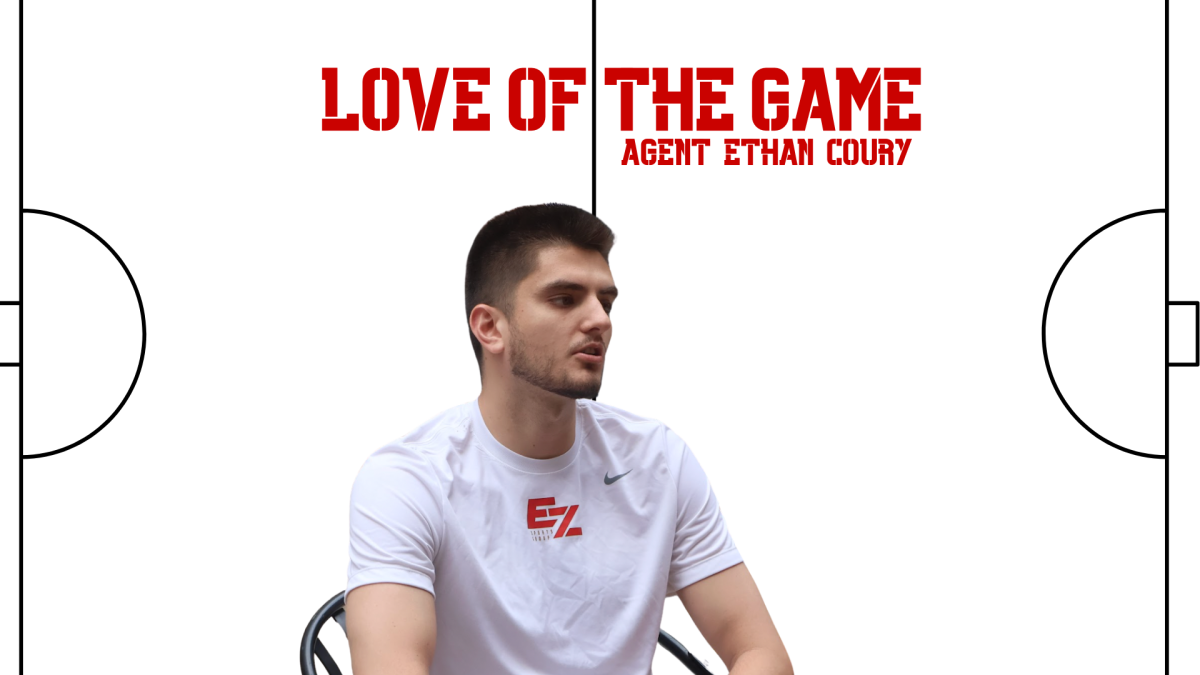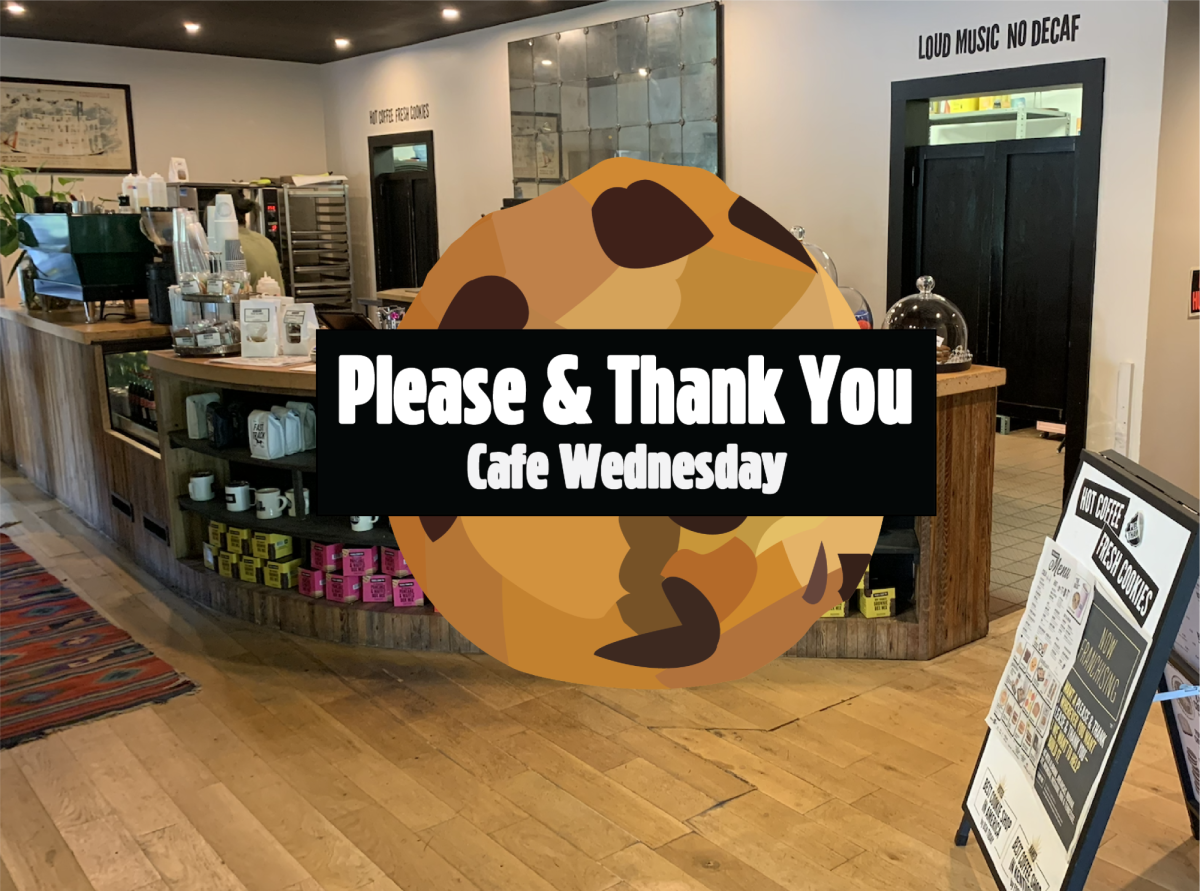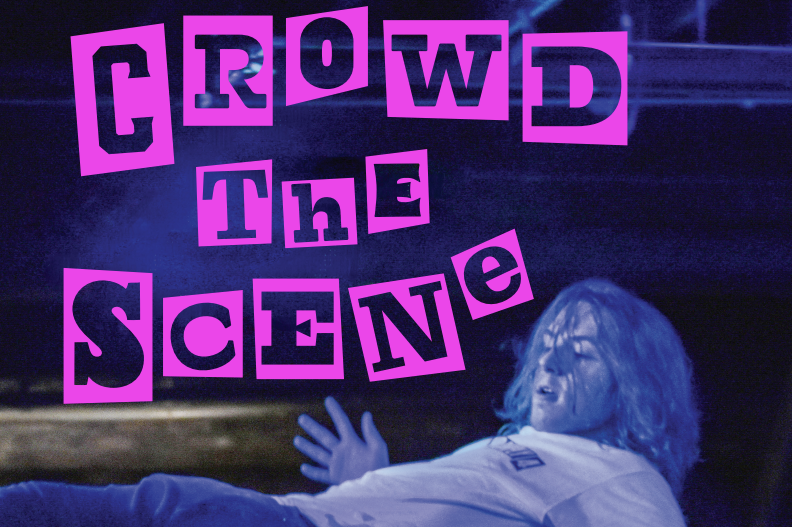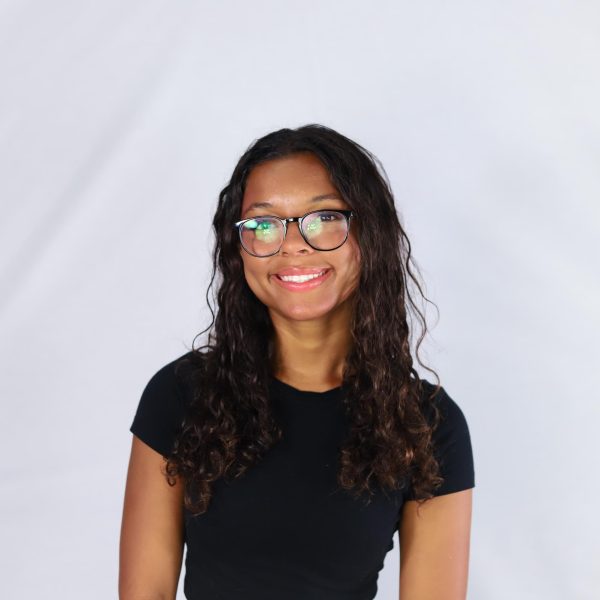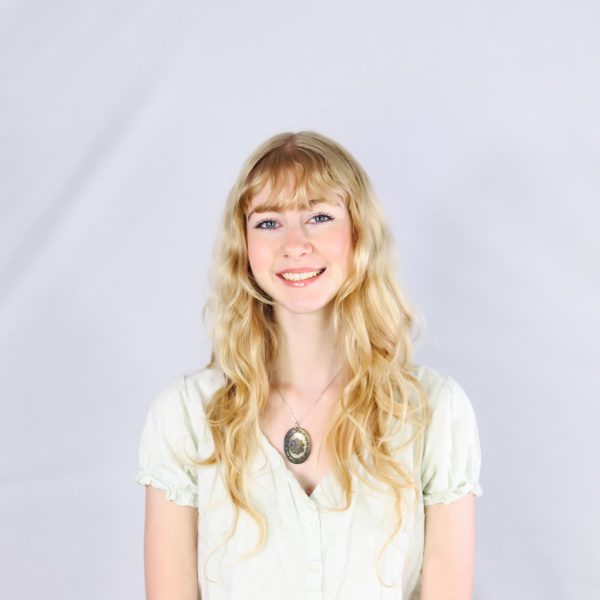writing by ZOE HUGULEY • design by JEREMY YOUNG
Hunched over my desk, I could feel the strain in my back and the ache in my fingers from cutting fabric. As the ruined T-shirts began to pile onto my floor, what began as a carefree afternoon activity soon turned into a strenuous, mind-numbing, all-nighter project. I was going for an off-the-shoulder cropped T-shirt, but my progress was stagnant. I threw my pair of scissors to the ground alongside the pile of strings that once resembled a shirt.
Fuschia and flannel littered the floor all in vain; I still hadn’t made the shirt that I had originally hoped for. I curled up on my bed, pulled out my phone and logged into my Brandy Melville account. With three simple clicks, I added the shirt that I had envisioned into my cart.
My package arrived a few days later, and I had long since picked up the messy fabric and strings. Although I ripped open the box eagerly, I still felt guilty forfeiting my ingenuity and turning to fast fashion.
Fast fashion, the duplication of expensive looks using cheaper materials, often from exploitative companies, has caused an insatiable hunger within our nation. Consumers like me are obsessed with its quickness. Microtrends have run rampant, promoting styles that are chic one month and dull the next. This desire to partake in the latest fad has caused buyers to turn away from quality, long-lasting pieces, to pieces that are cheap, new, and quick to come by. With closets filled with out-of-style trends, where’s the room for personal creativity?
A solution some have found to reduce wasting unwanted clothes is altering the clothes themselves — through upcycling.
In fashion, upcycling is the changing and reuse of clothes to make something new with a greater value. As someone who lacks artistic ability, upcycling was daunting and frustrating at first. But it was like any other hobby, taking practice and time. I started by transforming old T-shirts into halter tops, slicing the fabric and weaving simple stitches. However, some people take it to another level, using their talents to create complex designs and even selling their work.
Lilia Zamanian, 17, a senior at the Francis Parker School and creator of the brand Janky Clothes, took the basics of the craft and went above and beyond.
“I started getting back into sewing a few years ago,” Zamanian said. “Just going to Goodwill and recycling things into new things for me to wear, personally, was just fun, so I wanted to do it for other people.”
I met Zamanian while walking through a clothing market just across the Ohio River in Jeffersonville, Indiana. The Value Market, held in September, was bustling with creators and customers. The last days of summer sun were shining down on stands stocked with everything from eccentric designs to essential oils. As I perused the market, I came across the Janky Clothes tent, full of clothing and accessories. Zamanian and her business partner, Charlotte Butler, 17, a senior at the Louisville Collegiate School, stood out front welcoming people into their booth. I went in, and was immediately intrigued by their unique craftsmanship, especially their bestselling belt, which was made out of a seatbelt and embellished with bottle caps.
Zamanian’s stylistic inspiration came from her family — her grandfather had a similar belt to the ones Janky Clothes had for sale. He passed it down to her mom, and after years of seeing her mom wear it, Zamanian wanted to recreate the hand-me-down accessory.
So she and Butler went on the hunt for materials. They traveled to Louisville junk yards to strip old Ford vehicles of their seatbelts, and found the bottle caps around their houses and workplaces.
“Sustainable fashion and upcycling and recycling clothes, at the end of the day, is a really good thing to be doing with our time,” Butler said.
Zamanian has spent years dedicating her time to upcycling. In middle school, she’d go around her classes before the school bell rang, asking for people’s wrappers. She would then go home and combine the recyclables with duct tape to create unique wallets.
“It’s one of my favorite stories about her,” Butler said. “It just goes to show how much this has been woven into her personality from day one. She’s always been someone that’s like, ‘I’m gonna take this and make it something else.’”
This love for sustainability led Zamanian to a passion that remains today: thrifting. She found joy in upcycling the items she picked up while perusing flea markets, spending hours at Goodwill, and going to yard sales.
After she began upcycling, she expanded her craft from merely creating accessories to restructuring larger pieces. Sewing jeans and jackets, Zamanian spent her free time hunched over in her room creating clothes for herself. She hand sewed as a beginner, which was tedious, but to Zamanian, it was worth it. Her upcycling projects allowed her to channel her craftiness into her overall passion for sustainability.
With this passion, a few months of practice, and frequenting flea markets to sell her works, Janky Clothes was born in August 2022. Zamanian started Janky Clothes with another friend, but her current business partner, Butler, has always had an influence. Butler started out as a graffiti artist and Zamanian got the name for the business from Butler’s graffiti tag, “Janky.”
While their business is profitable now, it started as a passion project.
“When I first began, I didn’t go into it expecting to make a lot of money,” Zamanian said. “I simply started because I thought it would be fun, and I loved to sew.”
At first, Zamanian did all of her work out of her bedroom, but as Janky Clothes grew, Zamanian’s room started to look more like a workshop. What started as a pile of needles and thread had grown into a fabric monster occupying every inch of her personal space.
“Her whole room was covered in clothes, so she kind of had to go somewhere else,” Butler said.
An opportunity to relocate presented itself when Zamanian’s older brother moved out of the house and she took his room as a workspace for herself.
With this new workspace, things kicked into overdrive. Butler started seriously working with Zamanian and they became business partners. After more Goodwill trips and workdays in their attic of apparel, their business grew.
About a month after initially meeting the duo at the Value Market, I reconnected with Zamanian and Butler and they showed me around their workspace. Walking in, I saw thermal fabrics and half-created sweaters lining the pool table that was once used for Zamanian’s brother’s game nights. Vintage beer taps were tucked neatly in a corner, huge lamps that resembled stage lights stood on tall rods, and a collage made of 1950s-esque Playboy posters was hung on the wall. Four sewing machines, large fabric slices, and needles and pins littered otherwise open spaces. But even with all of this, it didn’t seem particularly lavish. As I walked through the workspace, it became clear that Zamanian’s work with upcycling was humbler than I had assumed.
Now, the duo tries to find time in their busy lives to continue creating for Janky Clothes. They spread their mission of sustainability at pop-up shops around the community and on their website.
“You can find good quality stuff and it’s worth it and it’s good for the environment,” Butler said. “And it’s secondhand, meaning it’s not first-time use and you’re not throwing another thing in a dumpster.”
After listening to Zamanian’s story and seeing her workspace, I realized these sustainable fashion efforts didn’t have to start big or become large enterprises to still be respectable. I had this idea that the only way you could ever create any form of fashion was to have thousands of dollars for supplies, but Zamanian started like me — someone looking for a project with a few tools lying around.
This new knowledge inspired me. In the beginning, I wanted to upcycle for the purpose of elevating my own creativity by making something new for my closet out of clothes that hadn’t been touched since they’d been bought. I wanted to do something for myself instead of turning to the apps and “one-click-buy.” However, I gained much more during my deep dive into the art of upcycling — a new motivation to find happiness with what I already have and an appreciation for sustainability.
I stayed up for hours that night after touring Zamanian and Butler’s workspace, taking their advice on how best to go about the craft. I even managed to make a fitted tube top for my party plans that weekend — all with a pair of scissors and a needle and thread from my mom’s drawer. •


